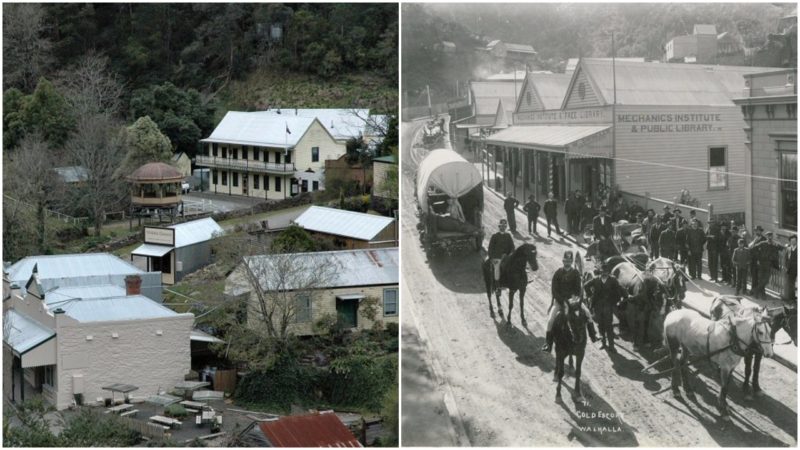In early 1892, a small community was established in the eastern Victorian region of Australia. Named after the German hall of fame, the Walhalla temple.
It was once one of Australia’s richest towns and in its peak, a home for over 4,000 inhabitants.
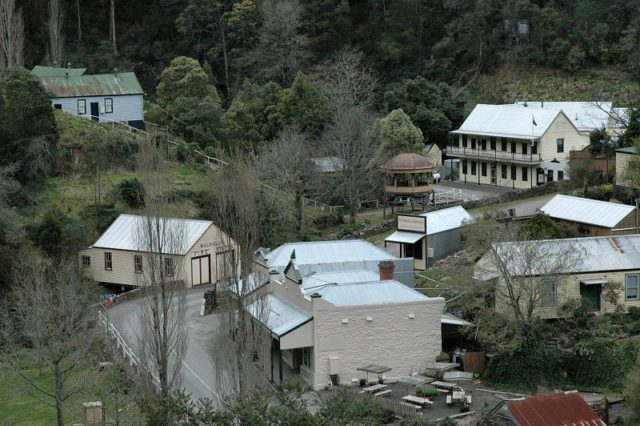
Today, Walhalla is a ghost town, with a population of less than 20 permanent residents, standing as a living monument of a bygone era. However, due to its period-specific architecture and position, the town has been reborn as a popular tourist destination and attractive holiday spot. Located in the heart of Gippsland’s stunning Alpine wilderness, a two-hour drive from the state capital Melbourne, Walhalla is a designated historic area and a major influence in shaping the prosperity of a newly founded state.

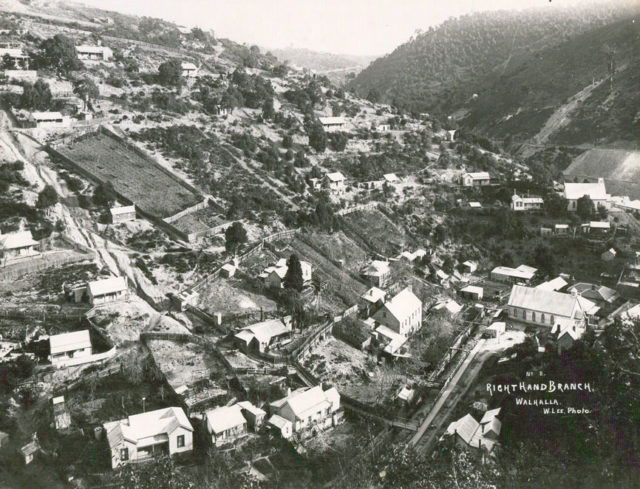
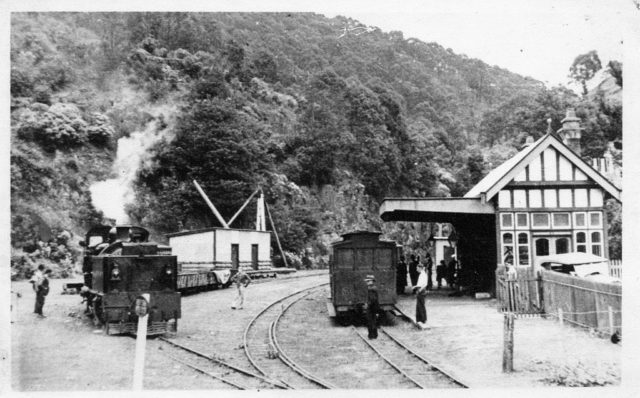
The story of Walhalla starts with the discovery of gold in Victoria, in 1851. This kicked off the Victorian gold rush, and by 1859, many prospectors were pushing far east of Melbourne into the Great Diving Range wilderness. After the major gold strikes on the Jordan River, a group of four prospectors decided to explore the creeks of the nearby Thompson River.
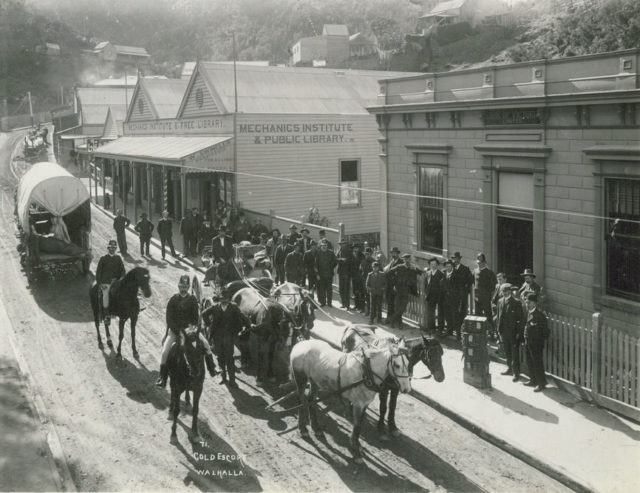
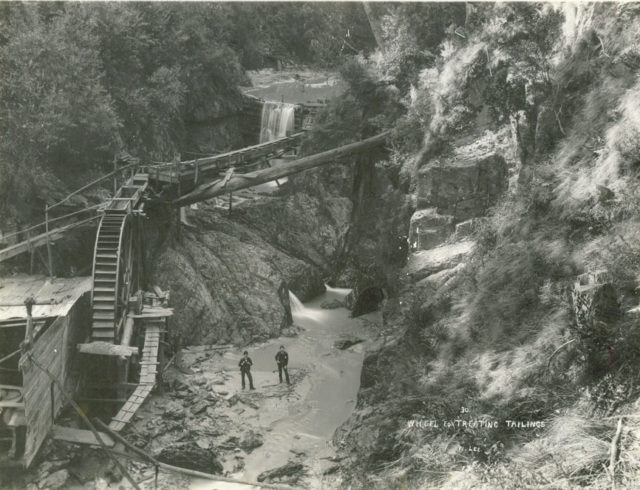
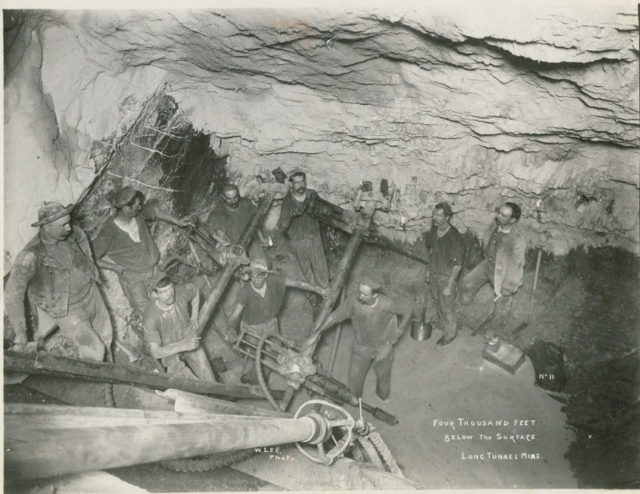
They found gold in late December 1862. and immediately secured a claim. Member of the group, former convict, Edward Stringer, registered the claim in 12th January 1863 at the post town of Bald Hills (now called Seaton). The news of this discovery initiated a gold frenzy, and very quickly a settlement was established.
In the beginning, an ongoing problem was the access to the creek, because of the goldfield’s remote and inaccessible location.
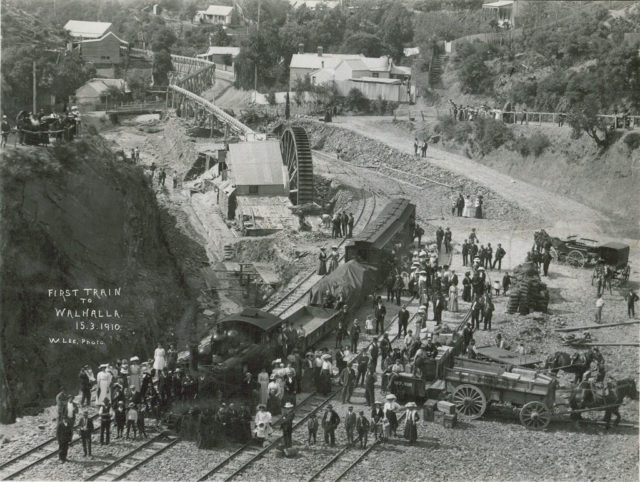
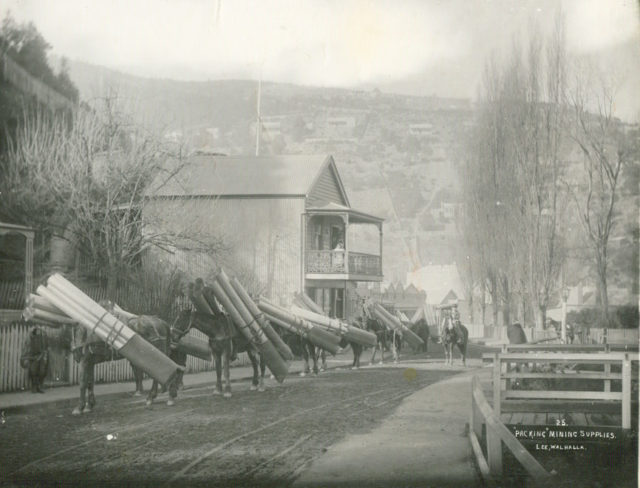
But the discovery of an immensely rich quartz outcrop in the hill just above the creek by prospectors John Hinchcliffe and William Myers changed all that.
Named Cohen’s Reef, after a storekeeper at Bald Hills, it is the largest single reef in Victoria.
“The reefs at Walhalla are hosted by the lower Devonian Walhalla Group which is part of a regional, conformable sequence of marine sediments deposited from the lower Ordovician to middle Devonian” ~ Porter GeoConsultancy
Most of the gold extraction was now centered on the reef and from that day forward, the town of Walhalla was born. Traders, legislators, and shopkeepers quickly began building the town in support of the rush.
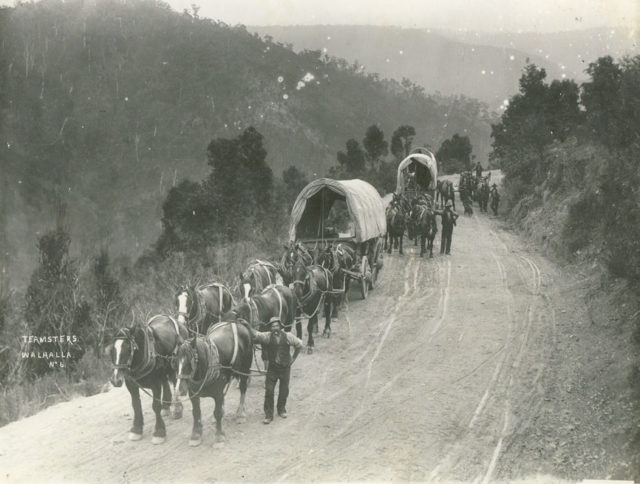
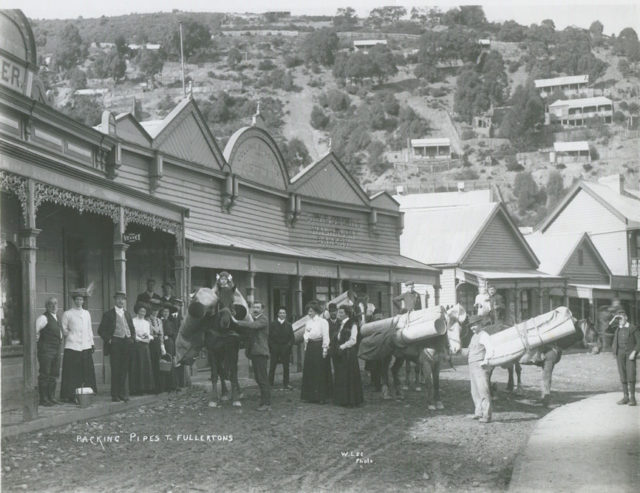
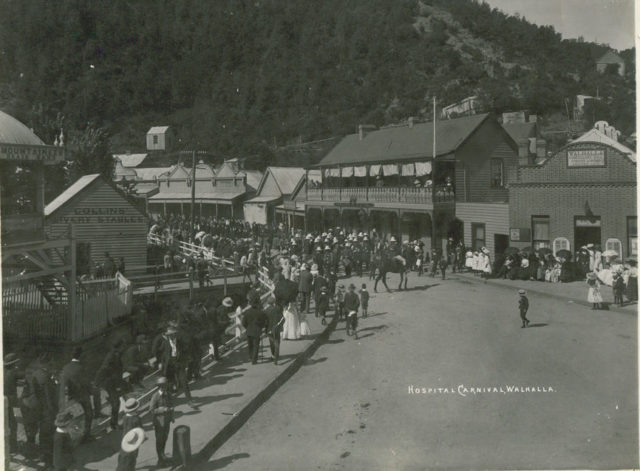
A hotel was erected, called the Reefer’s Arms, which opened in September 1863. Soon after that, a branch of the Bank of Victoria was opened in September 1865, and before you know it, a growing number of families started moving in.
The Long Tunnel Mining Company took over the running of the mining, and it wasn’t long before Walhalla got its own school, a library, hospital, debating club, a dramatic club, and a choral union. In 1870, the town got their own newspaper, Walhalla Chronicle. Electricity and a telephone were brought to the mine in 1884 and 1891, respectably.
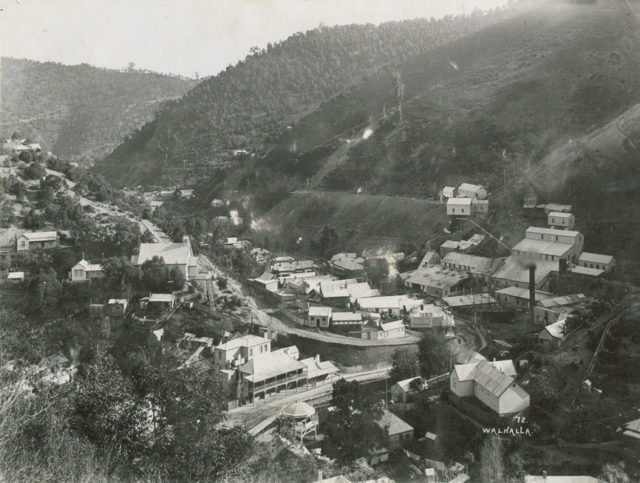
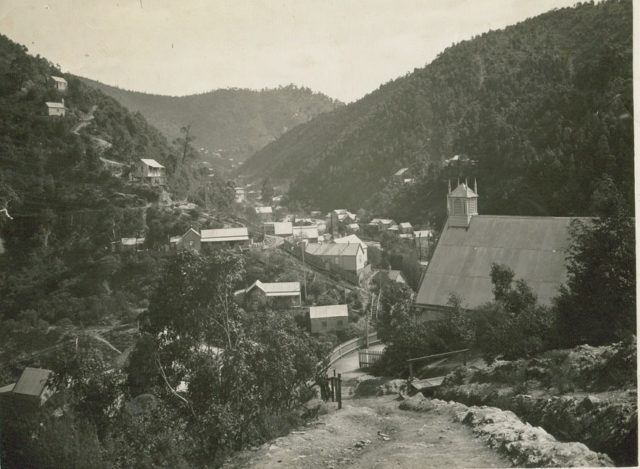
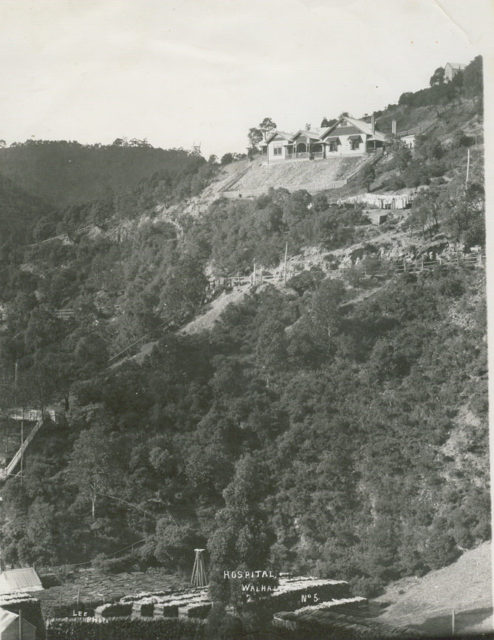
By 1900, Cohens Reef had produced over 55 tons of gold, and the community just continued to grow, reaching its zenith sometime around 1910. It was the same year when the railway line to Walhalla was completed, which the Victorian Government agreed to build after years of lobbying. The town’s people thought that this would reinvigorate the community. But the gold mining industry was in a rapid decline, and by the end of 1914, all of the mines were shut down.
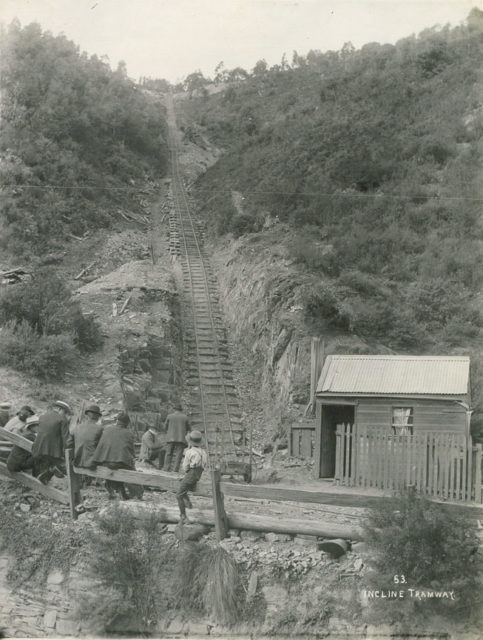
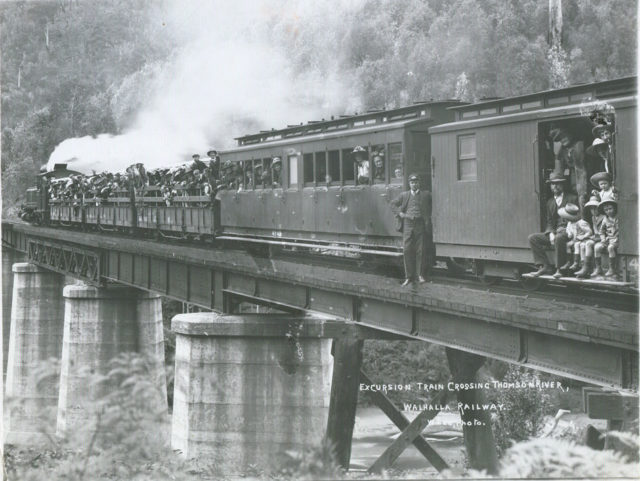
Seeing that without the main industry, the town had no future, the bulk of the population soon left Walhalla. What was once the center of a pioneer goldfield was now gone. Branches and businesses were closing down, and buildings were removed. And the railway line was eventually dismantled in 1958. Walhalla was dead.
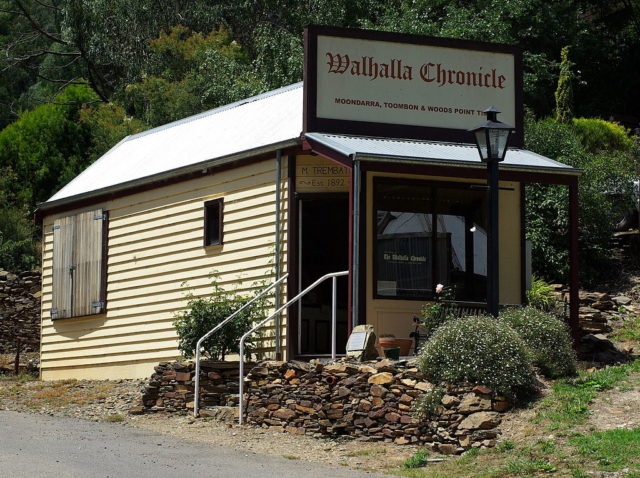
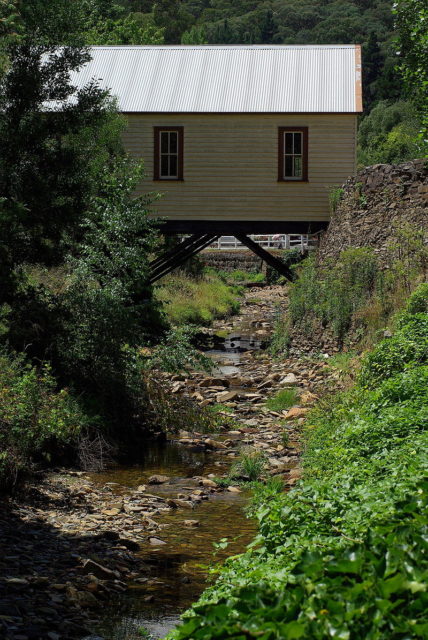
However, in the 1970s, the tourist industry in Australia was booming. And around 1977, Walhalla got its own renaissance. The reconstruction and restoration of numerous historical buildings made this town into an authentic period museum.
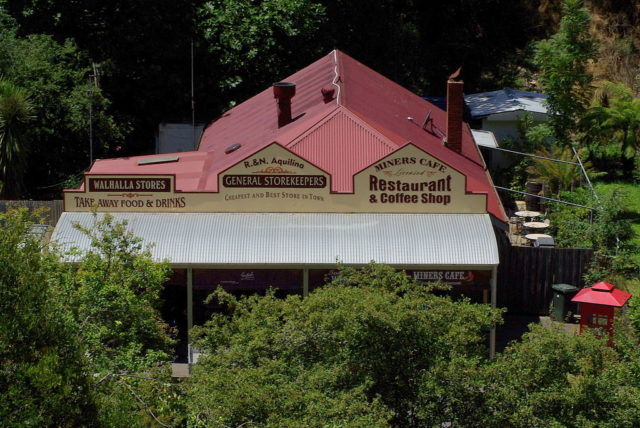
Today, it is vibrant as ever and it’s crawling with tourists. The picaresque mountains are heaven for hikers, and it’s a great holiday resort, especially in winter.
